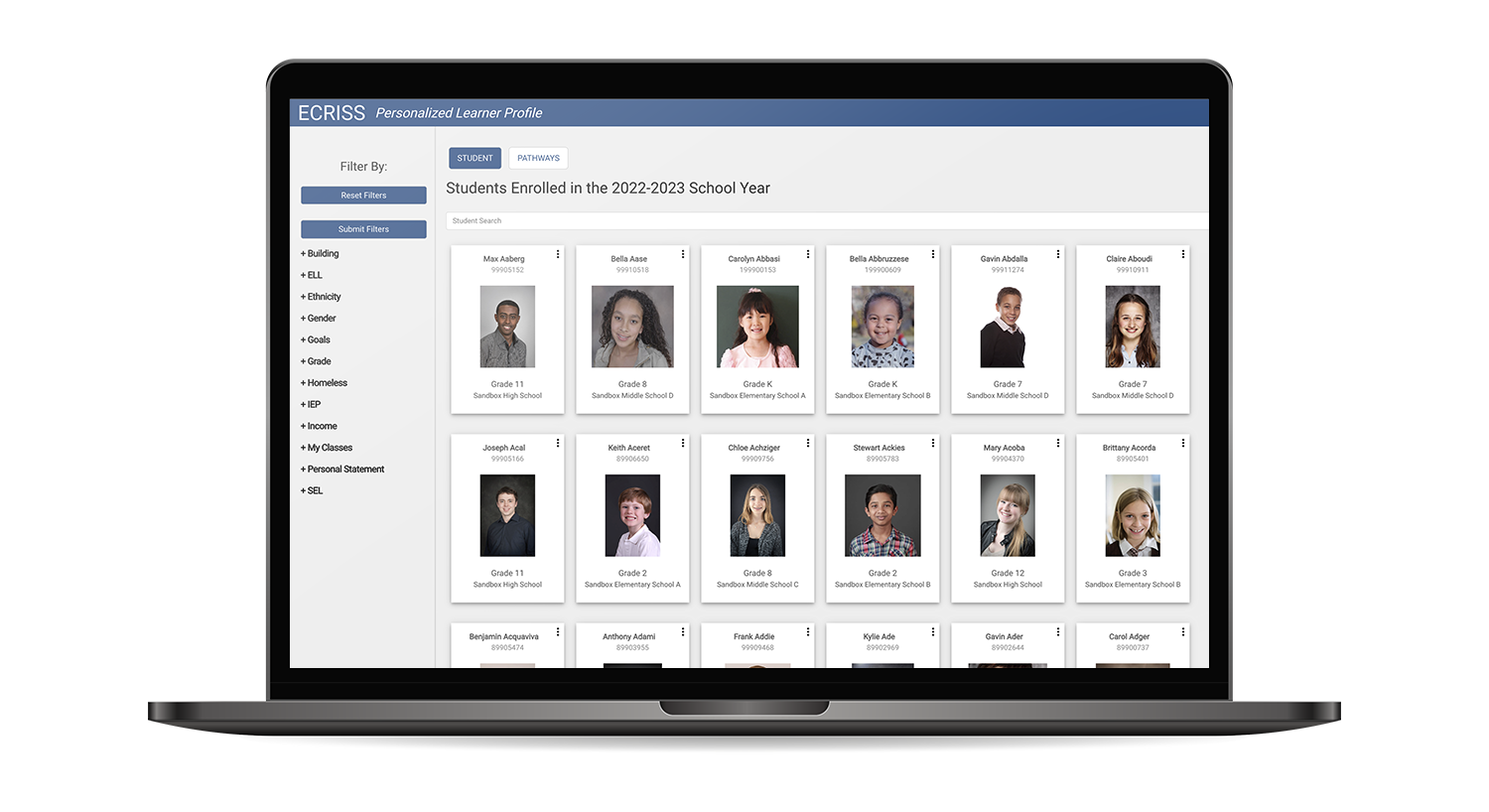
School Improvement
Put the power of predictive analytics into the hands of your district and building leaders so they can set goals and track actual student performance against projected outcomes.
Make sense of student data and test results.
Better goal setting and improved student outcomes are generated through the use of the nation’s leading K-12 analytics solution.

MGSD70 Case Study
Learn how Morton Grove School District 70, which serves approximately 900 students from Pre-K through 8th grade, uses ECRA’s School Improvement solution to demonstrate the district’s continued commitment to an evidence-based culture.
How does ECRA's Student Improvement Application help you lead through best data practices?
Personalize Goals for Student Growth
Use an individual student’s past performance history to set personalized growth goals for every student. Then, monitor those individual goals to ensure that programming, curriculum, and supports are meeting their needs.
Contextualize Goals for Schools
Local context matters when setting district, school and individual goals. ECRA’s solution helps school districts set rigorous and equitable goals for the district, schools, and sub-groups.
Systematize Goals for the District
Apply precision to district and school improvement goals through the use of predictive analytics. Measure all district and school performance goals against a common definition for success.
Analyze Programs and Interventions for ROI
Measuring academic return on investment helps quantify the impact that programs and MTSS interventions are having on student growth and ensures that programming and interventions are having the greatest impact on student success.

Personalized Learner Profile
Additional Resources
Latest Insight about School Improvement

Schedule a Conversation
Send us an email, give us a call, or complete the adjacent form. We would enjoy the opportunity to have a discussion.
(847) 318-0072
questions@ecragroup.com

